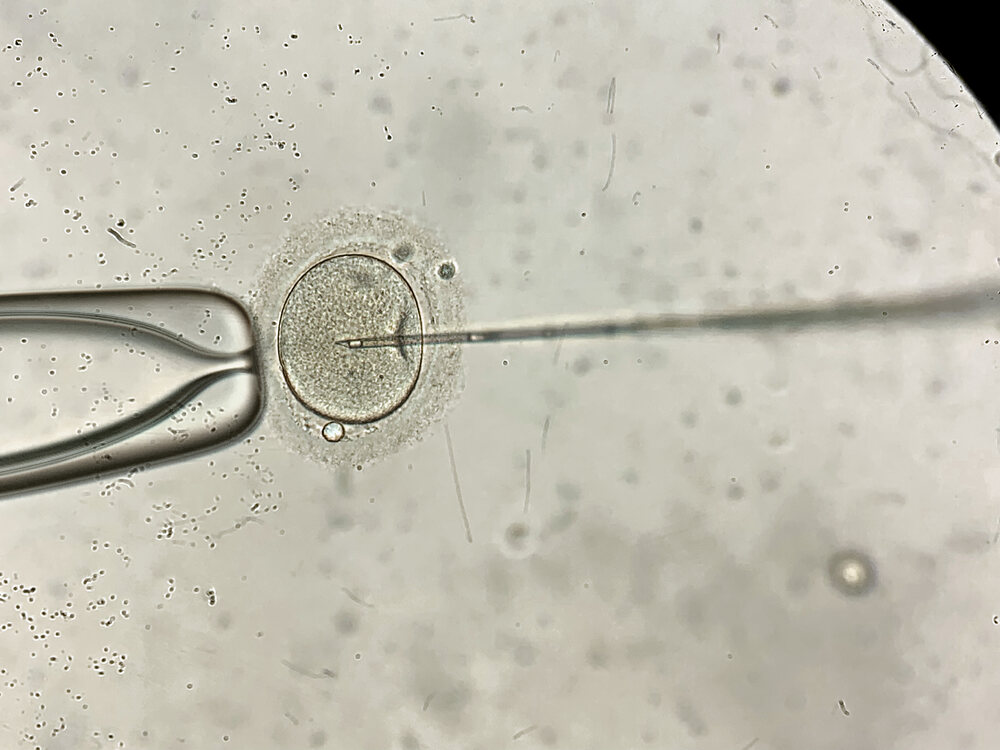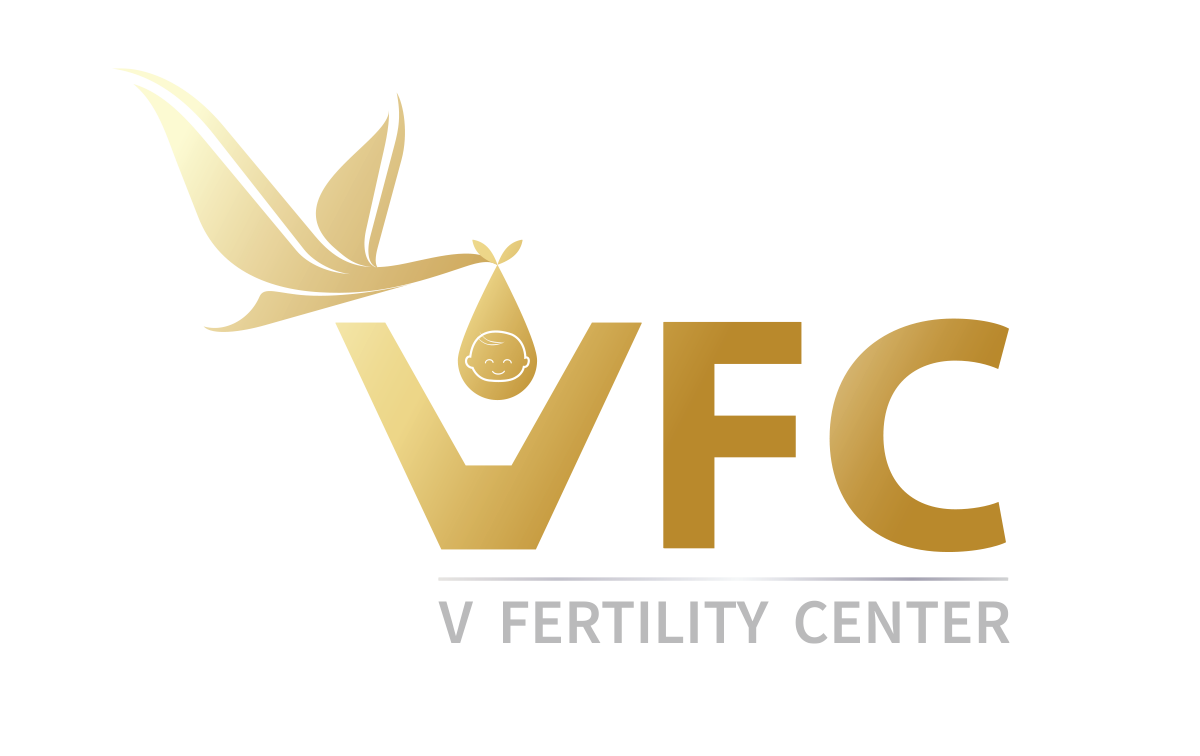
WhenIn exploring assisted reproductive technology, you want to find an IVF clinic in Bangkok that offers the largest range of services and has proven track record of success. V Ffertility Clinic at Vejthani Hospital in Bangkok has a comprehensive range of IVF/ICSI services, and a success rate of 88.61%, based on patient data from September 2019 through December 2021. It’s considered one of the best IVF clinics in Thailand.
Our Range of Services
Choosing a clinic with a comprehensive range of assisted reproductive technology (ART) services will give you the best chances of conceiving. IVF/ICSI can be a lengthy process, and having a full range of options gives you the greatest number of options along the way. The assisted reproductive technology services at our clinic in Thailand include:
Infertility Screening
Infertility screening is often the first step in the ART process. The screening consists of consultations looking at your and your partner’s medical background and general health and a series of tests to discover any reproductive issues. There are different tests for both men and women that help identify the best treatment to increase your chances of conceiving.
In Vitro Fertilization (IVF)
In vitro fertilization (IVF) is an infertility treatment that collects mature eggs from a patient’s ovaries and fertilizes them with sperm in a laboratory environment. The next step of the process is to monitor the eggs for signs of development into embryos. Once the eggs have developed, one or more of the embryos are returned to the patient’s uterus to continue to develop. A full cycle of IVF can take two or three weeks for egg stimulation and two to three weeks for embryo transfer. Some patients can go through several IVF cycles before the process is successful.
Intracytoplasmic Sperm Injection (ICSI)
ICSI takes a more direct approach to the physical fertilization of the eggs. It’s often used when there are male infertility problems, such as low sperm motility. The eggs are removed in the same procedure as IVF; however, once in the lab, a single sperm is injected into the most viable egg or eggs before monitoring the eggs for development and reinserting them back into the uterus.
Egg and Sperm Freezing
Another option with ART is to freeze viable eggs and sperm until the patients are ready to become parents. Egg freezing takes about 2 to 3 weeks for the entire process and starts with a medical exam that entails a complete medical history review, with blood tests and hormone testing. The second step involves stimulating the ovaries through the use of birth control pills or other medications and monitoring them through ultrasound and blood tests. Stimulating the ovaries produces more eggs that can be safely harvested and increases your chances of conceiving in the future. Egg retrieval or harvesting is the last phase of the process.
Sperm freezing is also a process that involves several steps. The first step is undergoing an infectious disease screening via a simple blood test to ensure the male has no sexually transmitted diseases. The second step is having the male produce a sperm sample in the fertility clinic. The sample is then analyzed by separating the sperm from the seminal fluid and looking at the sperm through a microscope. Specialists look for the sperm’s concentration, motility, and shape to ensure the sperm is healthy and there is enough of it to warrant freezing. The eggs and sperm are frozen in a special freezing solution containing liquid nitrogen that maintains a constant temperature of minus 196 degrees centigrade.
Surgical Sperm Retrieval
Surgical sperm retrieval is often used when the male has no sperm in his ejaculate. The purpose is to retrieve enough motile and healthy sperm to offer the best chance of conceiving.
There are several surgical procedures for sperm retrieval, including TESA, PESA, and TESE. TESA is usually used as part of an IVF/ICSI process or when the sperm count is very low. The other procedures are used when the males have blockages or other issues such as azoospermia.
Preimplantation Genetic Diagnosis (PGD)
Preimplantation genetic diagnosis (PGD) is a preventative, diagnostic laboratory testing procedure that can prevent embryos from passing on inherited conditions. Families can also elect to use PGD when a member of the family needs a donor to provide matching stem cells through a bone marrow transplant.
Intrauterine Insemination
Intrauterine Insemination is a procedure that inserts a vial of specially prepared sperm directly into the uterus to increase the chances of conception. The procedure can be performed in a doctor’s office or IVF clinic. The procedure is often timed to the patient’s menstrual cycle. The physical process of intrauterine insemination uses a long, thin catheter with a vial of healthy sperm at the end. The catheter is inserted into the vagina and continues through the cervix until it reaches the uterus where the sperm sample is pushed out of the vial.

Visit One of The Best IVF Clinics in Thailand
If you are having trouble conceiving, please make an appointment with one of our fertility specialists at V Fertility Center, one of the best IVF clinics in Bangkok, Thailand.
Article by Specialist doctors from VFC Center Infertility Clinic

The team of specialists in obstetrics and gynecology and reproductive medicine





No Comments
Sorry, the comment form is closed at this time.